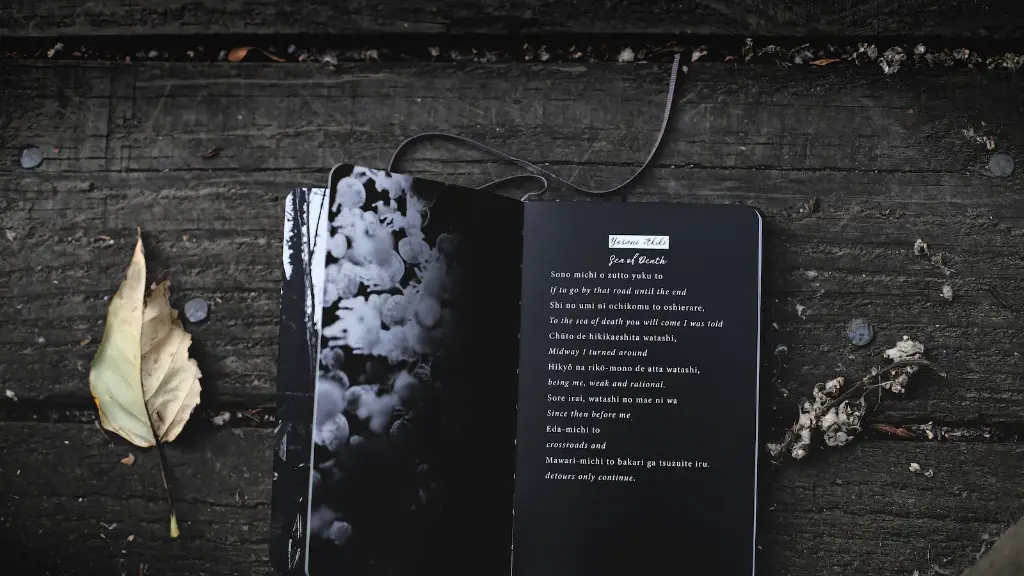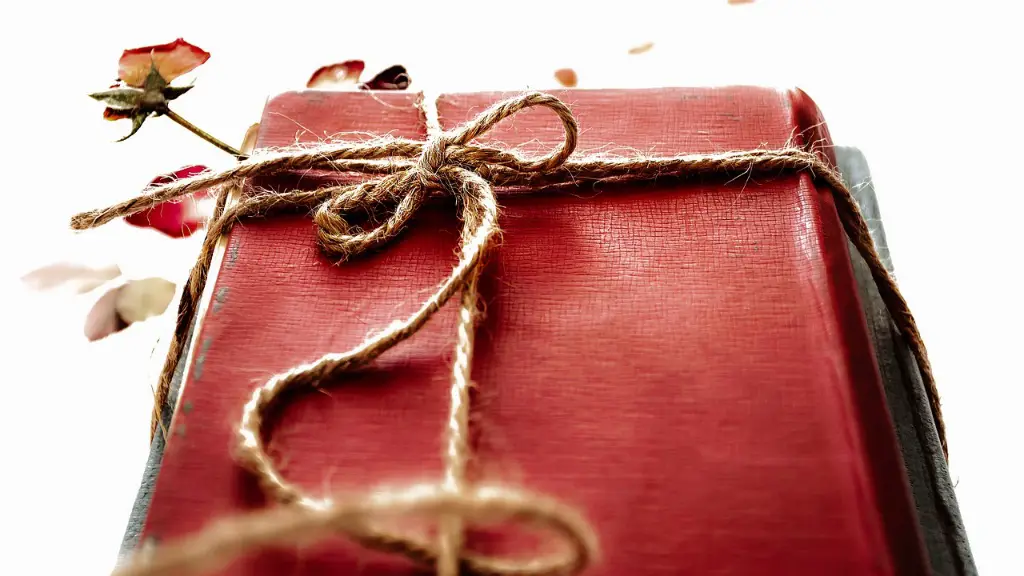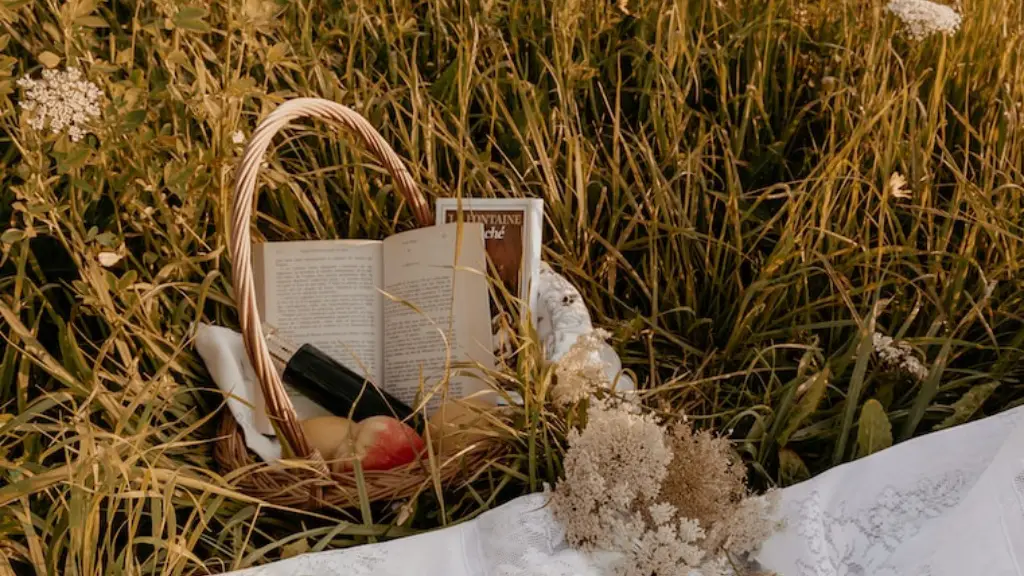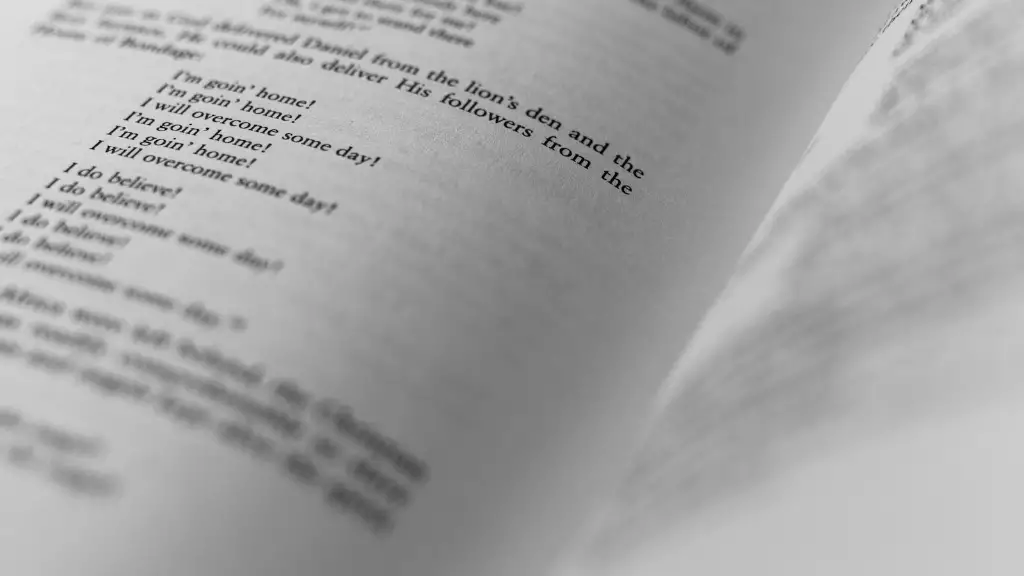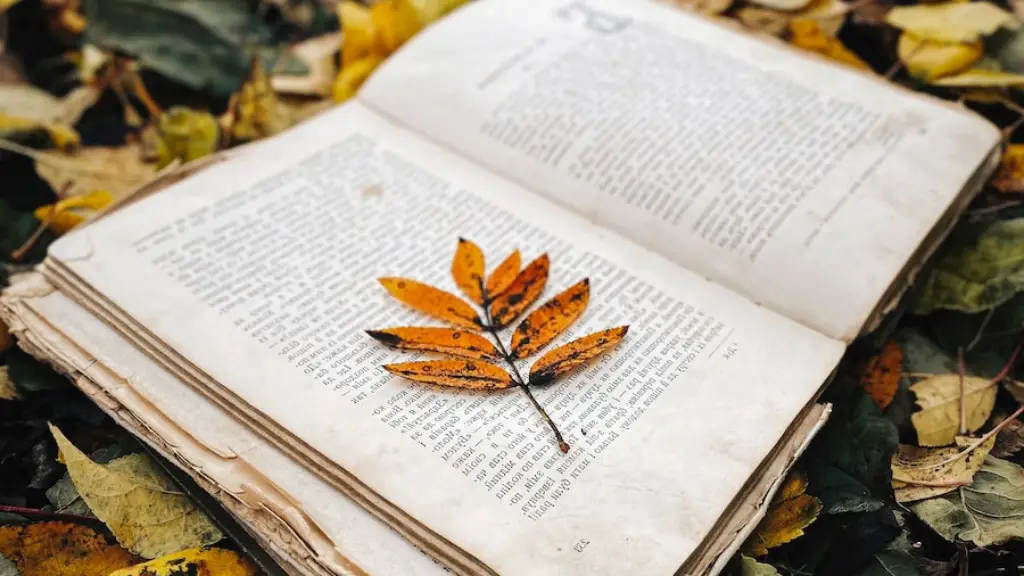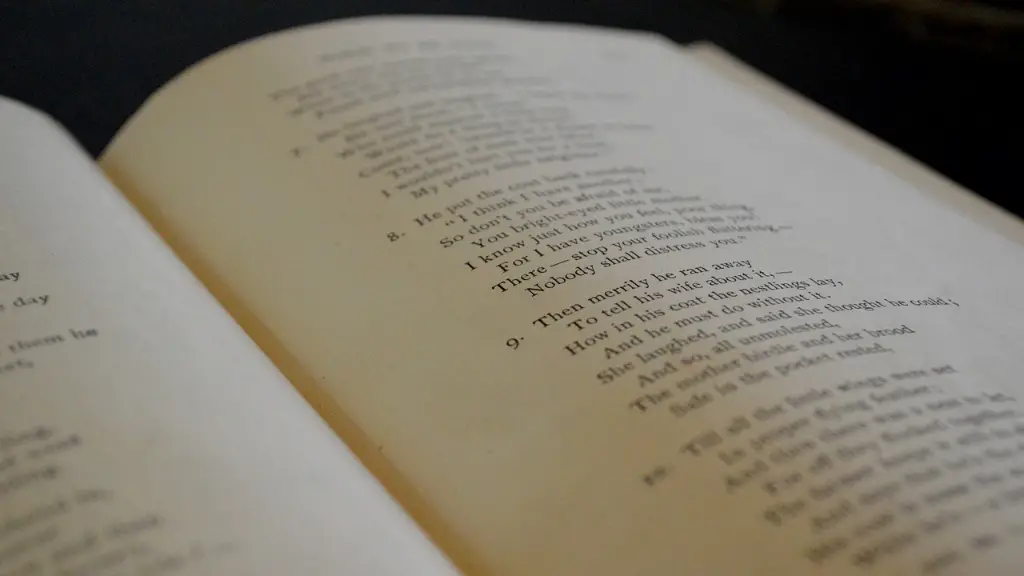How to Turn Poetry into Rap
Rap, also known as ‘rhyming lectures’, has become a beloved form of self-expression and communication around the world. It is a fusion of poetry and music which places heavy emphasis on rhythm and rhyme. If you’ve ever wanted to take your poetry to the next level, turning it into rap is an excellent way to intensify the emotion and make it more accessible. However, transforming your work into rap is not as easy as it may appear – it takes skill and technique. Here, we provide our top tips for how to turn poetry into rap.
The first step in this process is to read your poem through several times. As you read your work, try to focus in detail on the way that words and phrases link together – and identify potential opportunities for where these could be exploited to create a powerful rhyme. Make sure when you’re reading the poem that you don’t try to make the poem fit the beat or rhythm of the underlying music. You should focus on the poem itself and allow the flow of the words to dictate where it should go.
Once you have identified opportunities for rhyme and flow, start to construct straight 16 or 32-bar verse structures. You should consider phrases that could be used as an introduction and reoccurring lines and themes. When constructing a rap verse structure, it is important to build a ‘bubble’ – create a topic and as the verse progresses, involve other branches that may arise, but always finish off the thought before you begin the next.
The next step is to apply music to your rap. Start by creating a basic pattern of words and sounds. Take certain phrases from the poem and insert them over the track. Experiment with putting accents in different places and slowing down words to increase the intensity. It is also recommended to add puns or double entendres. Make sure that the flow of the rap blends in with the beat – create tension and/or release at certain points to maintain listener interest.
Finally, when all the components of your rap have been planned and edited, begin to practice. This part of the rapid writing process plays a large role in crafting your own style. How you deliver your rap can make a big difference to the overall impact of your song. Therefore, a lot of the practice should involve learning to adapt the tone and vocal delivery to bring the lyrics to life. Using pauses, dynamics and emotional expression will make your poem come alive as a rap.
Creating Your Own Flow
Rap is all about dynamism and creative expression. In order to make your work stand out, you should strive to create a unique flow for each rap that you produce. To begin, think about the overall cadence of your rap. It is preferably to avoid a monotone vocal delivery; rap is about creating contrast – so experiment with changing the intonation and flow between the verses. Where appropriate, speed up and slow down different parts of the rap and add memorable musical embellishments.
Another useful strategy is to use alliteration and/or assonance to create interesting vocal melodies and enhance the imagination of listeners. This could involve repeating the same first letter of a string of successive words, or using vowel sounds and extended consonants to repeat patterns throughout. Finally, make sure you think about the enunciation of the words you are using. The clarity of the words and syllables will play an important role in dictating the flow of your rap.
You should also consider using metaphors and similes to expand your ideas and communicate more effectively. The use of these will ensure that your listener’s imagination is engaged and allow you to express your thoughts in richer detail. The key to effective use of metaphors and similes is to simplify a fairly involved concept into a metaphor that’s vivid, relatable, and still conveys the same meaning. For example, instead of saying ‘I feel so unfulfilled in my job’, you could say something such as ‘My job is like a ship adrift’.
As well as writing material for your rap, you should also think about the vibes that you are creating with your music. To achieve this, explore different soundscapes and create a jingle or memorable theme – this can take the form of a vocal chant or a simple chime. Make sure that whatever sound you go for, it adds something to the overall feeling of the rap.
Making a Powerful Impact
In order to truly capture the emotions of your poem, powerful visuals and information should be present in the rap. When it comes to the lyrics, you need to have an engaging content which can quickly catch the attention of the audience. Puns and jokes are always effective, as are visual metaphors and adrenaline-packed words which create a sense of intensity. Make sure to add moments of authenticity and surprise that make people take a second look at their life.
When it comes to the music, choose instruments and sound effects which support the story. For example, if you’re describing a nostalgic moment, opt for a languid guitar riff which complements the narrative. Additionally, if you’re discussing something serious, a tense drone in the background can effectively convey a sense of drama. But most importantly, use melodic rhythms and rhythms to create the ebullience essential to hip-hop anthems.
When it comes to the chorus or hook, this is your golden opportunity to make a powerful statement. An effective chorus should quickly summarise the message of your rap in an attention-grabbing way. Make sure to repeat it a few times throughout the beat to reinforce it in the listeners’ minds. Additionally, make sure it’s catchy and easy to remember. For example, you could use catchy words which rhyme with each other, or employ unexpected vocal turns to make the chorus stand out.
Using Refrain and Verse
As with classical poetry, rap tunes can also employ a verse and refrain structure. This is an effective way to keep your listener engaged, as it encourages anticipation and offers variation in the song. For example, you could use the same few bars to introduce the rap and explain the main idea, followed by a verse that builds on the initial thesis or provides more detail. You could then return to the initial refrain to provide a solid and satisfying conclusion to the song.
When constructing a verse, it is important to consider the elements which make it unique. If you’re constructing a 16-bar verse, aim to introduce the main idea in the first 8 bars, and the second 8 bars should fill in the details and provide examples to illustrate your point. Similarly, a 32-bar verse should mostly be focused on progressing the story and elaborating on the concept. Again, remember to use your rhetorical skills to enhance the story and keep the listener engaged.
Additionally, when writing your rap, consider the background beat as an integral part of the song. The beat should provide an effective backdrop to your words and emphasise the most powerful parts. For example, the beat could drop or pause to emphasise moments of heartfelt emotion, or start powerful when talking about a triumph. A beat should primarily support the rhyme you have written and keep pushing the story forward.
Tying Everything Together
When it comes to producing a great rap, remember to keep your ideas simple and use vivid language. Rhymes effectively create a bridge between words which helps listeners to create vivid images in their minds. Also remember to experiment with vocal delivery and structure to create an effective flow – this will truly make your rap stand out.
Finally, when producing your own rap, there is no definitive way to make the poem ‘fit’ the rap – you should focus on the words themselves and let the flow dictate how the song moves forward. Whether you’re a beginner or a professional, by following the steps listed here, you will be able to successfully turn your poem into a rap that resonates with listeners.
Creative Storytelling
In order to make your rap truly unique, one of the most important skills you need to develop is creative storytelling. This involves expressing vivid images, feelings and facts in a powerful way that captivates and engages your audience. Creative storytelling requires you to think outside the box and to interrupt thought processes, as well as contrast and compare concepts or characters.
To hone this skill, observe the language used by rap stars and spoken word artists and take note of how they wrap everyday experiences into intricate stories. Also, understand how to draw your listener into a surreal mental world and design characters with distinct characteristics and behaviours. Additionally, make sure you know how to effectively use rhyming words to bind the story and transform mundane moments into something more meaningful.
When choosing the topics for your story, go for something exciting and relatable. For example, you could rap about overcoming adversity or the effects of your surroundings on your life. Make sure there is a twist or a moral to the story – you can use this to effectively encourage the listener to reflect on same ideas and look into their own life.
Engaging With Your Audience
In order to make your rap song really stand out, engagement with the audience is essential. Your idea should be driven forward by a narrative that creates positive energy; you need to make sure that the audience will be able to feel and relate to your story. Make sure to invite the audience to join in, and also allow space for crowds to shout as a response.
In order to do this effectively, create effective call and response points in your rap. You can ask questions or give inspiring quotes to the audience – a great example of this style is Puff Daddy’s 1997 hit ‘Can’t nobody hold me down’. You could also use crowd sounds and vocal chants to increase the excitement levels, as well as encouraging audience participation and clapping.
Finally, if you’re performing in front of an audience, interact with them to create a shared experience. Point out special individuals in the crowd, and make sure to thank your crowd for their attention and support. This will create a bond between you and your audience, and make your performance more memorable.
